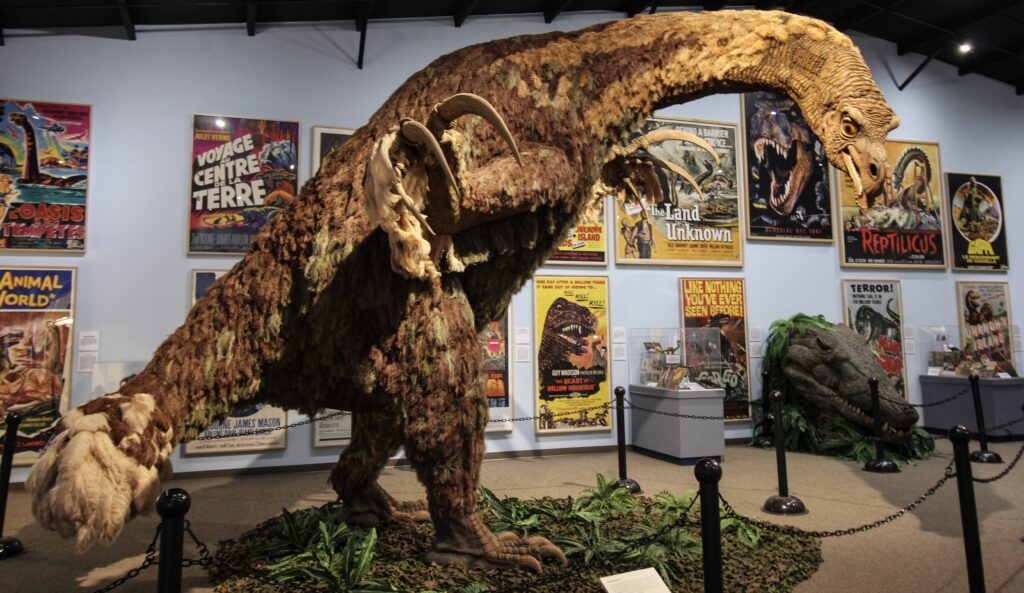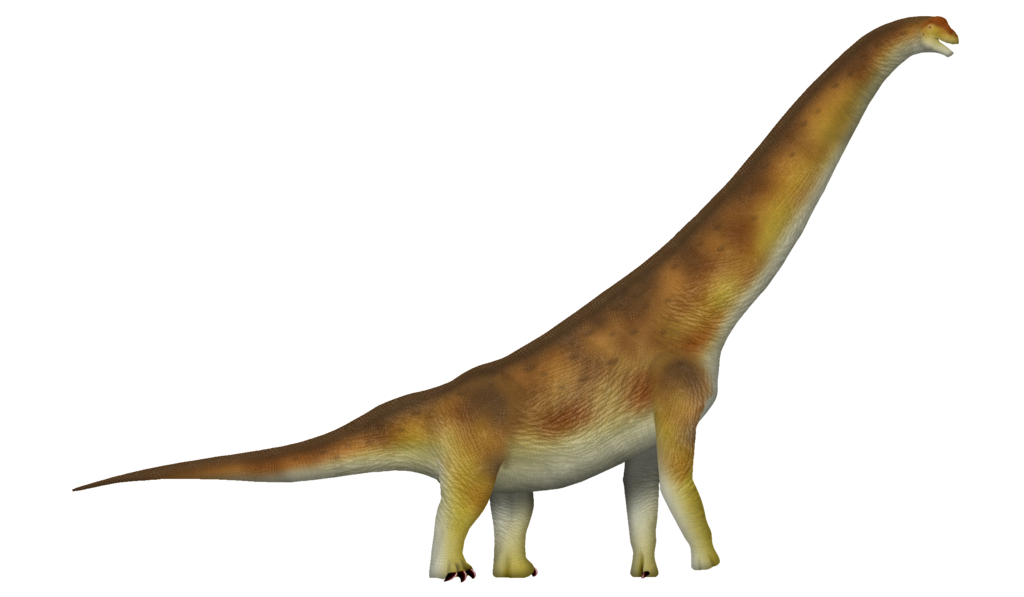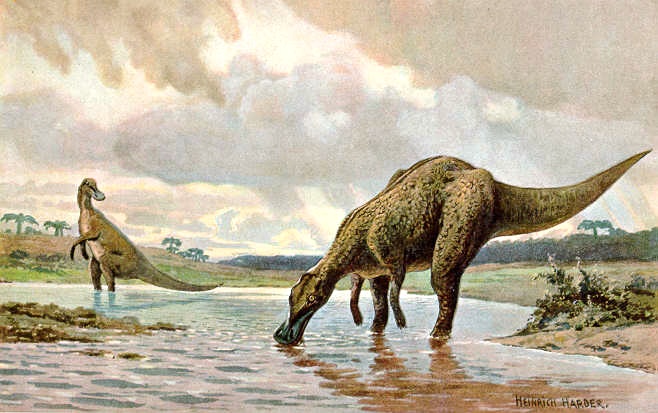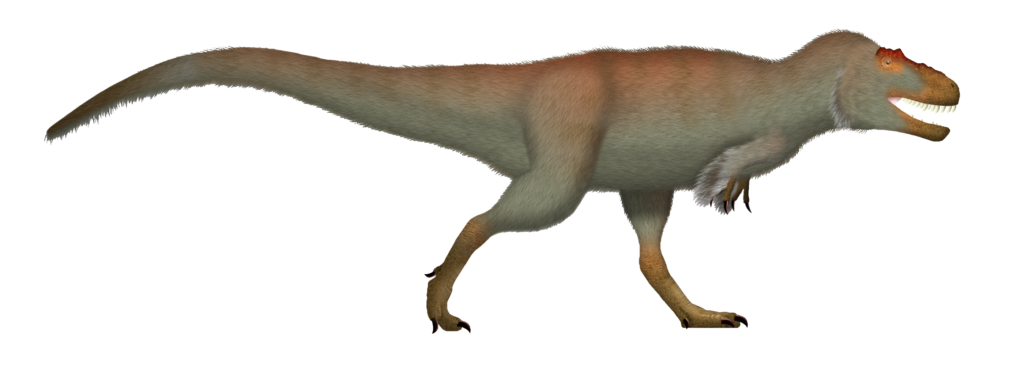Dinosaurs dominated Earth for approximately 165 million years through multiple climate shifts, extreme weather events, and changing environments. Their remarkable adaptability allowed them to thrive across various landscapes and weather conditions that would challenge even modern animals. From scorching deserts to frigid polar regions, dinosaurs evolved ingenious physiological and behavioral adaptations that enabled their long reign as Earth’s dominant terrestrial vertebrates. This article explores the fascinating strategies dinosaurs employed to survive and thrive amid harsh and changing weather conditions throughout the Mesozoic Era.
The Diverse Climate of the Mesozoic Era

The Mesozoic Era, spanning from approximately 252 to 66 million years ago, experienced significantly different climate patterns than our modern world. Overall, this period was considerably warmer, with higher carbon dioxide levels creating greenhouse conditions across much of the planet. Scientists have determined through geological evidence that the Mesozoic Era had no permanent polar ice caps for much of its duration, resulting in more uniform global temperatures. Despite this general warmth, dinosaurs still faced seasonal fluctuations, regional weather extremes, and several distinct climate shifts throughout their reign. The climate gradually changed from the hot, arid conditions of the Triassic period to the humid, lush environments of the Jurassic, and later to the more variable conditions of the Cretaceous period. These changing conditions required dinosaurs to develop remarkable adaptations to survive in environments ranging from equatorial swamps to polar forests.
Thermoregulation Strategies

One of the most critical adaptations for dinosaurs was effective thermoregulation—managing body temperature despite environmental fluctuations. While the debate about whether dinosaurs were cold-blooded (ectothermic) or warm-blooded (endothermic) continues, growing evidence suggests many dinosaur groups possessed some form of endothermy or “mesothermy” (a middle ground between cold and warm-blooded). Large sauropods like Brachiosaurus likely maintained stable internal temperatures through “gigantothermy,” where their massive body size prevented rapid temperature changes, similar to modern elephants. Smaller, more active dinosaurs, such as theropods (including the ancestors of modern birds), showed evidence of higher metabolic rates and possibly true endothermy, which would have allowed them to remain active during cooler periods. These varied approaches to temperature regulation enabled different dinosaur species to thrive in diverse climate conditions, from tropical heat to polar winters.
Feathers and Insulation

Perhaps one of the most revolutionary discoveries in modern paleontology has been the confirmation that many dinosaurs possessed feathers or feather-like structures. Initially thought to be exclusive to bird-like theropods, feathered dinosaur fossils have now been found across multiple dinosaur lineages. These structures served multiple functions, with thermal insulation being particularly important for survival in variable weather conditions. Small theropods like Sinosauropteryx displayed simple filamentous feathers that would have trapped heat against the body, similar to fur in mammals. More complex feathered dinosaurs like Microraptor had coverings that could be fluffed up in cold weather or flattened in hot conditions. This adaptability would have been crucial for dinosaurs living in environments with significant temperature fluctuations, especially those inhabiting higher latitudes where seasonal temperature changes were more pronounced. The evolution of feathers represents a remarkable adaptation that eventually enabled birds—the surviving dinosaur lineage—to colonize some of Earth’s most extreme environments.
Specialized Respiratory Systems

Dinosaurs possessed respiratory systems far more efficient than those of modern reptiles, which helped them cope with diverse weather conditions and oxygen levels. Evidence suggests that many dinosaur groups had bird-like respiratory systems featuring air sacs that extended throughout their bodies and even into hollow bones. This adaptation allowed for a one-way flow of air through the lungs, providing more efficient oxygen extraction than the tidal breathing of mammals. Such respiratory efficiency would have been particularly advantageous during the Mesozoic Era when oxygen levels fluctuated significantly. During periods of lower atmospheric oxygen, dinosaurs with these advanced respiratory systems could maintain high activity levels that would have been impossible for animals with less efficient breathing mechanisms. Additionally, the extensive air sac system likely aided in thermoregulation by facilitating internal heat exchange, helping dinosaurs maintain appropriate body temperatures despite external weather conditions.
Metabolic Adaptations

The metabolic rates of different dinosaur groups played a crucial role in their ability to survive varying weather conditions. While traditional views portrayed dinosaurs as sluggish, cold-blooded creatures similar to modern reptiles, current research suggests a much more complex picture. Many theropod dinosaurs, particularly those closely related to birds, likely had elevated metabolic rates approaching those of modern endotherms. This higher metabolism would have allowed them to remain active during cooler weather when purely ectothermic animals would become sluggish. Conversely, large sauropods may have benefited from what researchers call “inertial homeothermy”—their massive bodies heated slowly and cooled slowly, naturally maintaining relatively stable internal temperatures despite external fluctuations. Some dinosaur groups likely possessed flexible metabolic rates that could increase during certain seasons or life stages, such as during growth periods or breeding seasons. This metabolic flexibility would have been particularly valuable during seasonal temperature shifts, allowing dinosaurs to adjust their energy expenditure based on environmental conditions.
Migration Patterns

Migration represented a critical behavioral adaptation that allowed dinosaurs to avoid harsh weather conditions by relocating to more favorable environments. Fossil evidence from high-latitude regions suggests some dinosaur species undertook seasonal migrations similar to modern birds and mammals. Hadrosaurs (duck-billed dinosaurs) in Alaska likely migrated hundreds of miles southward during the winter months when polar regions experienced prolonged darkness. Multiple dinosaur trackways found in consistent directional patterns support the migration hypothesis, showing evidence of herds moving together along established routes. Some species may have undertaken altitudinal migrations, moving up and down mountain slopes as seasons changed rather than traveling long distances north and south. Migratory behavior would have required sophisticated navigational abilities, social coordination in herds, and the physiological capacity for sustained travel—all indicating a level of biological sophistication far beyond what was once attributed to dinosaurs. By moving with the seasons, migratory dinosaurs could effectively avoid the most challenging weather conditions of their habitats.
Surviving in Polar Regions

Some of the most remarkable evidence of dinosaur adaptability comes from fossil discoveries in ancient polar regions, where these animals survived despite months of darkness and cooler temperatures. In what is now Australia, Alaska, and Antarctica, paleontologists have discovered diverse dinosaur communities that lived at high latitudes during the Mesozoic Era. While these polar regions were warmer than today due to higher global temperatures, they still experienced months of darkness and temperatures that occasionally dropped below freezing. Small theropods like Troodon and Nanuqsaurus found in Alaska possessed larger eyes relative to their body size compared to their lower-latitude relatives, likely an adaptation for seeing in the low light conditions of polar winters. Some polar dinosaurs appear to have been year-round residents rather than seasonal migrants, suggesting specialized adaptations for surviving the challenging winter conditions. Evidence of nesting sites at high latitudes indicates that some species successfully reproduced in these regions despite the climate challenges, demonstrating remarkable environmental tolerance.
Behavioral Thermoregulation

Beyond physiological adaptations, dinosaurs likely employed various behavioral strategies to regulate their body temperature in response to weather conditions. Modern reptiles are masters of behavioral thermoregulation, and dinosaurs probably utilized similar tactics while incorporating their unique anatomical features. During cooler periods, dinosaurs might have basked in direct sunlight, positioning their bodies to maximize heat absorption through their skin or feathers. Some species may have engaged in “shuttling behavior,” moving between sunny and shaded areas to maintain optimal body temperature throughout the day. Social thermoregulation, where animals huddle together to conserve heat, was likely practiced by gregarious dinosaur species during colder weather, particularly among smaller theropods and juveniles of larger species. Evidence of dinosaur nesting grounds suggests that some species used environmental heat sources such as decomposing vegetation or geothermal activity to incubate their eggs, a behavior that would have been particularly important in cooler climates. These behavioral adaptations would have complemented physiological mechanisms, giving dinosaurs remarkable flexibility in responding to weather challenges.
Drought Resistance

Many dinosaur species evolved specific adaptations to survive extended dry periods and drought conditions that periodically affected even the generally humid Mesozoic world. Large sauropods likely stored water and fat reserves in their massive bodies, enabling them to endure extended periods without access to fresh water. This capability would have been similar to modern desert-adapted mammals like camels. Some dinosaurs may have practiced seasonal dietary shifts, consuming more succulent plants during dry seasons to meet their hydration needs when water sources were scarce. Theropod dinosaurs, as predators, could obtain significant moisture from the bodily fluids of their prey, reducing their dependence on drinking water. Fossil evidence suggests some dinosaur species congregated around shrinking water sources during drought periods, similar to modern African wildlife during dry seasons. These gatherings, while potentially dangerous due to increased predator concentration, would have allowed herbivores to access the last remaining water and vegetation in drought-stricken regions.
Nesting Strategies for Weather Protection

Dinosaur reproductive strategies included sophisticated nesting behaviors that protected eggs and hatchlings from weather extremes. Fossil nests discovered worldwide reveal that different dinosaur groups developed specialized approaches based on their environments. Many dinosaurs, including theropods and some sauropods, partially buried their eggs in soil or vegetation, which provided natural insulation against temperature fluctuations and protected embryos from direct exposure to harsh weather. Hadrosaurs and some ceratopsians created carefully constructed nest mounds that maintained optimal incubation temperatures through decomposition heat, similar to modern crocodilians and megapode birds. Some dinosaur parents, particularly among smaller theropods, likely brooded their eggs directly, using their feathered bodies to shield eggs from rain and temperature extremes. Nesting colonies, where many dinosaurs nested nearby, have been discovered from Argentina to Mongolia, suggesting that social nesting provided additional protection against weather events and predators. These diverse nesting strategies ensured dinosaur reproductive success across varying climatic conditions.
Skeletal Adaptations for Climate Conditions

The skeletal structure of dinosaurs often reflected adaptations to the prevailing climate conditions of their habitats. Dinosaurs living in more arid environments frequently showed adaptations for water conservation and heat management in their skeletal features. For example, some dinosaurs developed elaborate head crests and sails along their backs, such as those seen in Spinosaurus and Ouranosaurus, which likely served multiple functions, including thermoregulation by increasing surface area for heat dissipation. Conversely, dinosaurs from cooler regions often displayed more compact body forms that minimized heat loss. The nasal passages of many dinosaurs, particularly large sauropods and ceratopsians, contained complex turbinate structures that helped conserve water during respiration in dry conditions by recapturing moisture from exhaled breath. Some dinosaur groups showed regional variations in bone density and limb proportions that corresponded to local climate conditions, with populations from colder regions sometimes displaying more robust proportions. These skeletal adaptations demonstrate how deeply climate influenced dinosaur evolution across different habitats.
Surviving Through Climate Changes

Throughout the Mesozoic Era, dinosaurs endured several significant climate shifts that required evolutionary responses and adaptations. The Triassic-Jurassic boundary (approximately 201 million years ago) saw major extinction events linked to volcanic activity and climate disruption, yet dinosaurs survived and subsequently flourished in the altered environment. During the Jurassic period, dinosaurs expanded across a generally warm, humid world with shallow seas covering much of the continents. As the Cretaceous period progressed, the climate became more variable, with pronounced seasons in many regions, spurring new adaptations among dinosaur lineages. Some evidence suggests dinosaurs weathered short-term climate fluctuations by temporarily shifting their geographic ranges, moving to more favorable habitats until conditions improved. The remarkable diversity of dinosaur species that evolved throughout the Mesozoic demonstrates their capacity to adapt to changing environmental conditions over evolutionary time. Only the catastrophic asteroid impact and associated climate collapse at the end of the Cretaceous finally ended the reign of non-avian dinosaurs, though their bird descendants continued to thrive.
Social Behaviors and Weather Survival

Social behavior represented another critical adaptation that helped many dinosaur species survive challenging weather conditions. Fossil evidence of dinosaur herds, including trackways showing multiple individuals moving together and bone beds containing many individuals of the same species, suggests cooperative strategies similar to modern herd animals. During extreme weather events like storms or cold snaps, dinosaurs in herds could huddle together for warmth and protection, with larger individuals sheltering smaller ones. Among predatory dinosaurs, pack hunting may have been advantageous during harsh seasons when prey was scarce, allowing them to take down larger animals and share resources. Juvenile dinosaurs likely benefited from extended parental care in species with complex social structures, receiving protection from environmental extremes until they grew large enough to regulate their body temperature effectively. Communication within dinosaur social groups, whether through vocalizations, visual displays, or other signals, would have facilitated coordinated responses to changing weather conditions. These social adaptations would have been particularly valuable during seasonal extremes or unexpected weather events.
Conclusion

The dinosaurs’ remarkable 165-million-year reign stands as a testament to their extraordinary adaptability to Earth’s diverse and changing climate conditions. From specialized respiratory systems to insulating feathers, from behavioral thermoregulation to sophisticated social structures, dinosaurs evolved a complex array of strategies that allowed them to thrive in environments ranging from scorching deserts to polar forests. Their adaptations to weather extremes reveal dinosaurs not as the sluggish, primitive reptiles once portrayed in popular culture but as highly sophisticated animals with remarkable physiological capabilities. Though non-avian dinosaurs eventually succumbed to the catastrophic climate change following the Chicxulub asteroid impact, their bird descendants carried forward many of these weather-adaptive traits. The story of how dinosaurs survived harsh weather conditions not only illuminates a fascinating chapter of Earth’s history but also provides valuable insights into how complex organisms adapt to environmental challenges—a lesson increasingly relevant in our era of climate change.



